Blog
Blog
Bunions in Ballerinas: it’s not really the shoes!
Author: Megan Maddocks
I have bunions, two in fact. They were never a problem while I danced, but they got worse when I stopped. As a podiatrist, this made me curious about the relationship between pointe shoes and bunions (more accurately called hallux valgus). Below is a brief summary of a literature review I presented at the 2016 annual IADMS conference in Hong Kong, outlining some extrinsic risk factors unique to female ballet dancers.
Read Article5 Questions With…Gabriel Gonzales
This month’s featured member is our newest Student Committee member, Gabriel Gonzales of University of New Mexico. Gabriel is a pre-med student with an interest in dance medicine. His areas of interest include biochemistry, exercise science and dance (ballet).
Read ArticleDeveloping a Personal Dancer Wellness Plan
Our focus for this blog post is on a new IADMS and Human Kinetics publication, edited by renowned dance educators and IADMS members, Ginny Wilmerding and Donna Krasnow. Dancer Wellness is a useful, one-stop resource for all dance teachers interested in embedding dance medicine and science principles into their practice and ensuring the long-term health and wellbeing of the dancers with whom they work. Here, Ginny and Donna give us a taste of how to design a personal dancer wellness plan as a foundation for long and effective dance practice.
Read ArticlePresenters at Australia's IADMS Regional Meeting April 2017
The topics presented at the meeting will convey anatomical and medical information to the attendees. Presenters and practitioners will share anatomical and medical information as well as demonstrate potential methods of working with and helping students.
Read ArticleWayne McGregor on John Travolta, technology and why everyone can dance
This interview with Wayne McGregor is not the usual dance medicine and science post, however McGregor makes some interesting comments which refer to science and which imply how strongly science relates to art. McGregor makes reference to neuroscience (3:05) and specifically how he works with neuroscientists (3:32). He uses sound to shape action in his choreography (5:54) There are other choreographers who also use their voices to create sounds to achieve a movement quality from their dancers and dance teachers sometimes use verbal sounds to trigger a particular movement dynamic when teaching.
Read ArticleAdding Fitness to your Dance Agenda: Where to start?
Author: Clara Fischer Gam
So you came to the understanding that it is not all about dancing: in order to nourish your body for greater freedom of artistic expression, other elements have to be added to the equation. You have already done the reading about reducing the risk of injuries and enhancing performance. Then you came across supplementary fitness training and its role in supporting your career goals and longevity. Feeling more responsible for your body and empowered to take care of yourself, you are now craving for putting it into practice – what then?
Read ArticleBook Review: Dancer Wellness Textbook
Author: K. Michael Rowley on behalf of IADMS Promotion Committee
This phenomenal Dancer Wellness textbook is like a who’s who of the dance medicine and science world. A quick scan of the Table of Contents will toss up well-known names in the community like Luke Hopper of Australia, Emma Redding of the UK, Derrick Brown of the Netherlands, and Margaret Wilson of the US among many many more. This textbook embodies what I personally have wanted from IADMS for the entire time I’ve been aware of the organization – a reference textbook combining the best of the best in contributors, scientifically and clinically rigorous information, and accessibility to multiple audiences.
Read ArticleIADMS Dance Educator Award Update
The 2016 IADMS Education Committee Dance Educator Award is presented to Dr. Tom Welsh, Professor at Florida State University. Tom’s direct and indirect influence on dance pedagogy and training has been profound. He carefully thinks about how research informs practice and how research needs to reflect practice. The many colleagues and students he works with are challenged and invigorated by his thoughtful questions, carefully worded concerns and unique solutions to difficult problems.
Read ArticleNot “IF” but “WHEN”: Rehearsing for medical emergencies in dance
Author: Carina M. Nasrallah
Catastrophic injuries and life-threatening medical emergencies are not common in the dance studio or theater. Ankle sprains, bruised toenails and sore backs are more the “bread and butter” of dancers’ woes, and as a result it is easy to develop a false sense of security - the mentality that “it would never happen to us”. But it is critical to remember that dancers are elite athletes and not immune to catastrophic injury. Therefore, having a plan for handling emergency situations is not a recommendation - it is necessity.
Read ArticleIntroducing the knee: Anatomy and biomechanics
Authors: Elsa Urmston and Jonathan George on behalf of the IADMS Education Committee
As dancers, educators and clinicians, we know that knees cope with a lot! Over the last decade or so, the demands placed on the dancer’s body has increased exponentially and ever more complexly. Acrobatic movement is becoming evident and the effect to the joints of the limbs can often mean greater incidence of injury. As Liane Simmel points out “pirouettes on the knees, knee drops, and even a plié in fourth position require particular leg stability and optimal mobility in the knee.”1 In reviewing the literature, Russell2 identifies the lower extremity to repeatedly be the most commonly injured region of the body amongst dancers.
Read Article- IADMS 34th Annual Conference - Experience Point of View: Jennifer Milner
- IADMS 34th Annual Conference - Experience Point of View: Joanna Nicholas
- IADMS 34th Annual Conference - Experience Point of View: Erika Mayall
- Beginning ASL for Medical Students & Health Practitioners
- Relative Energy Deficiency in Dance
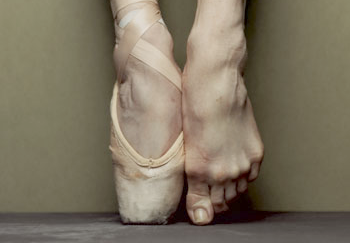
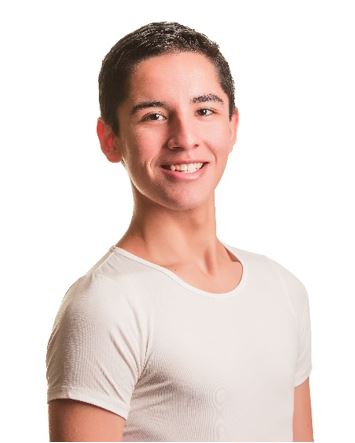
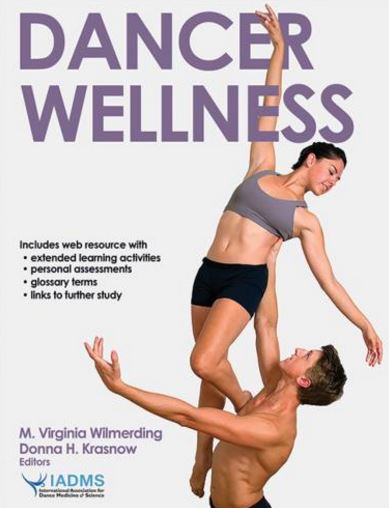
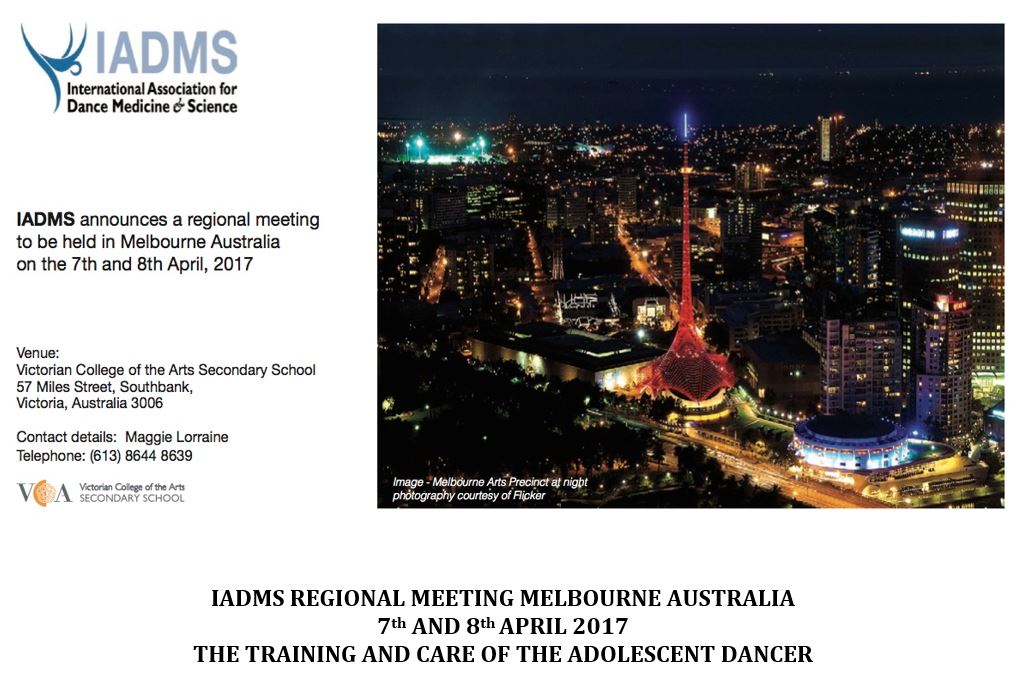
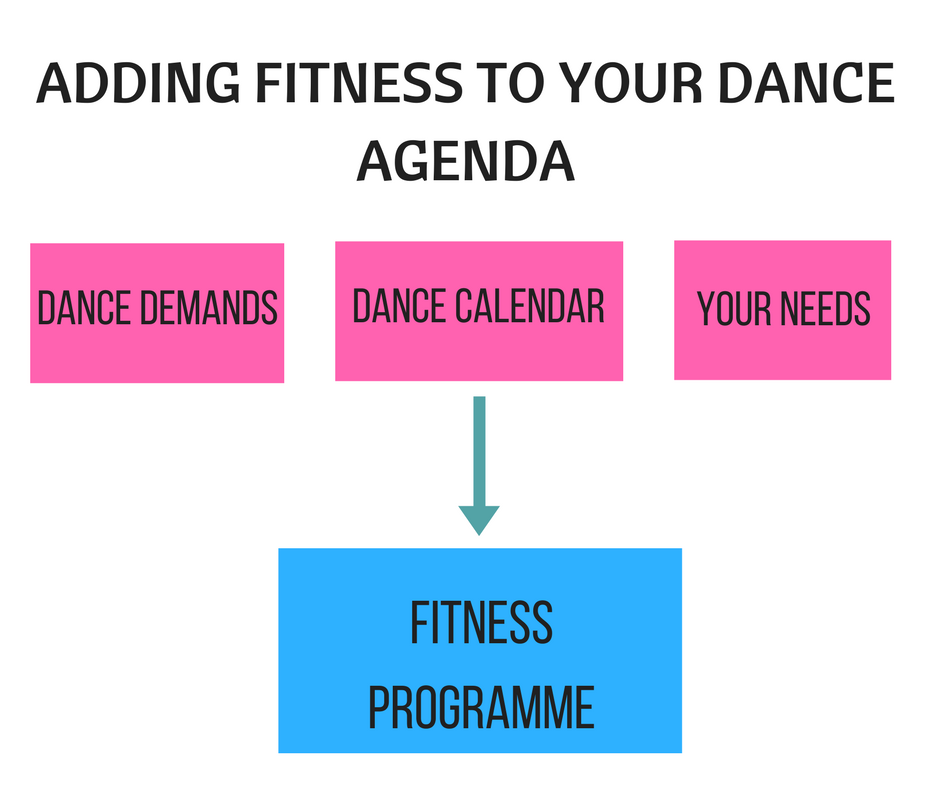
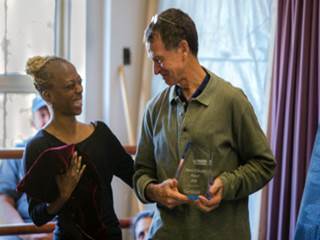
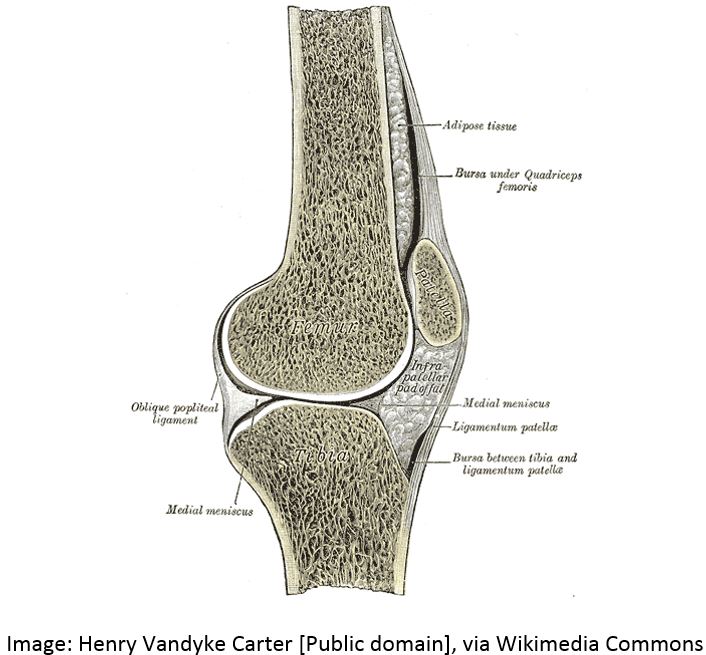
 BACK
BACK